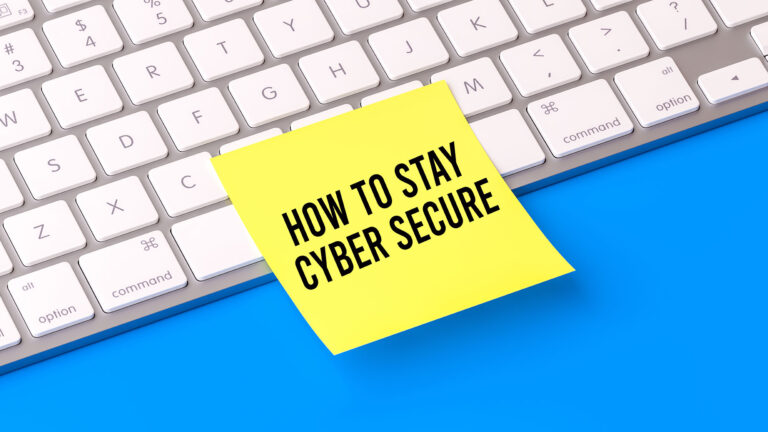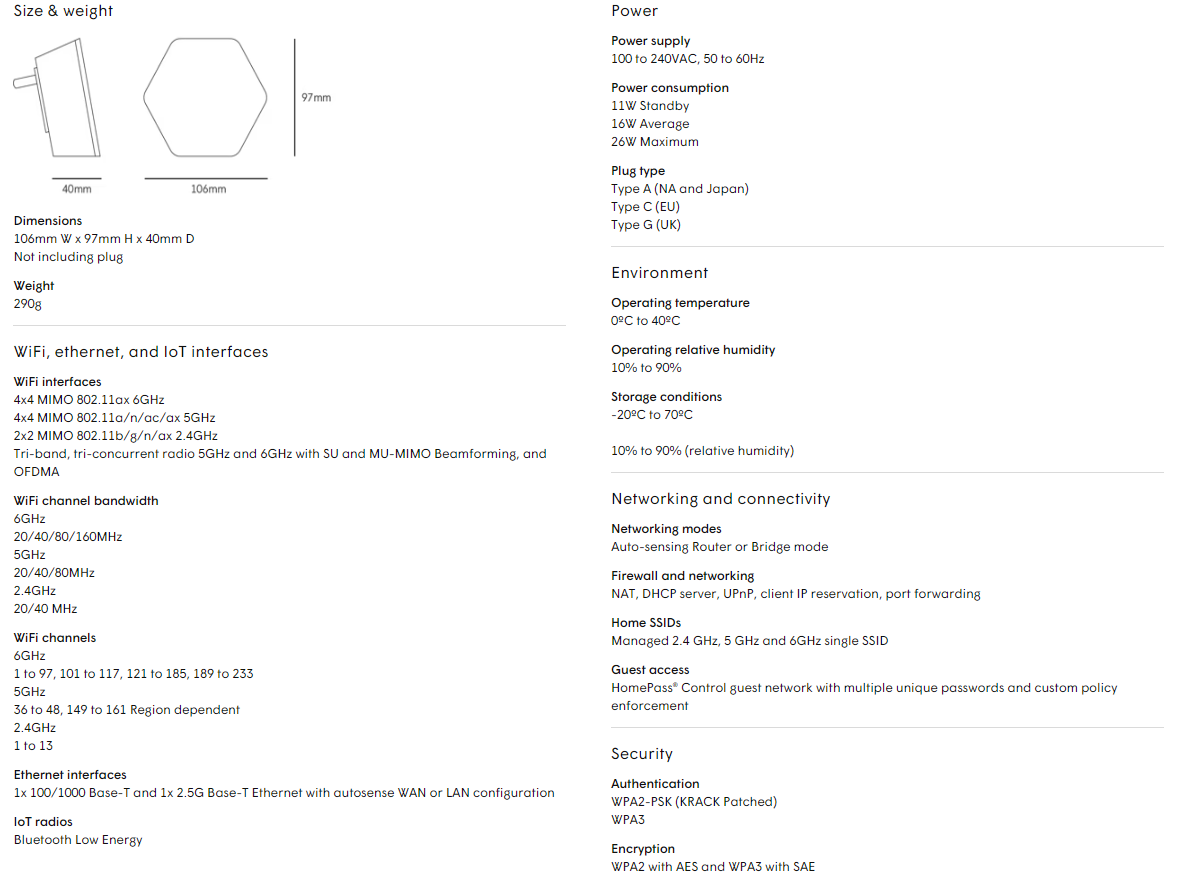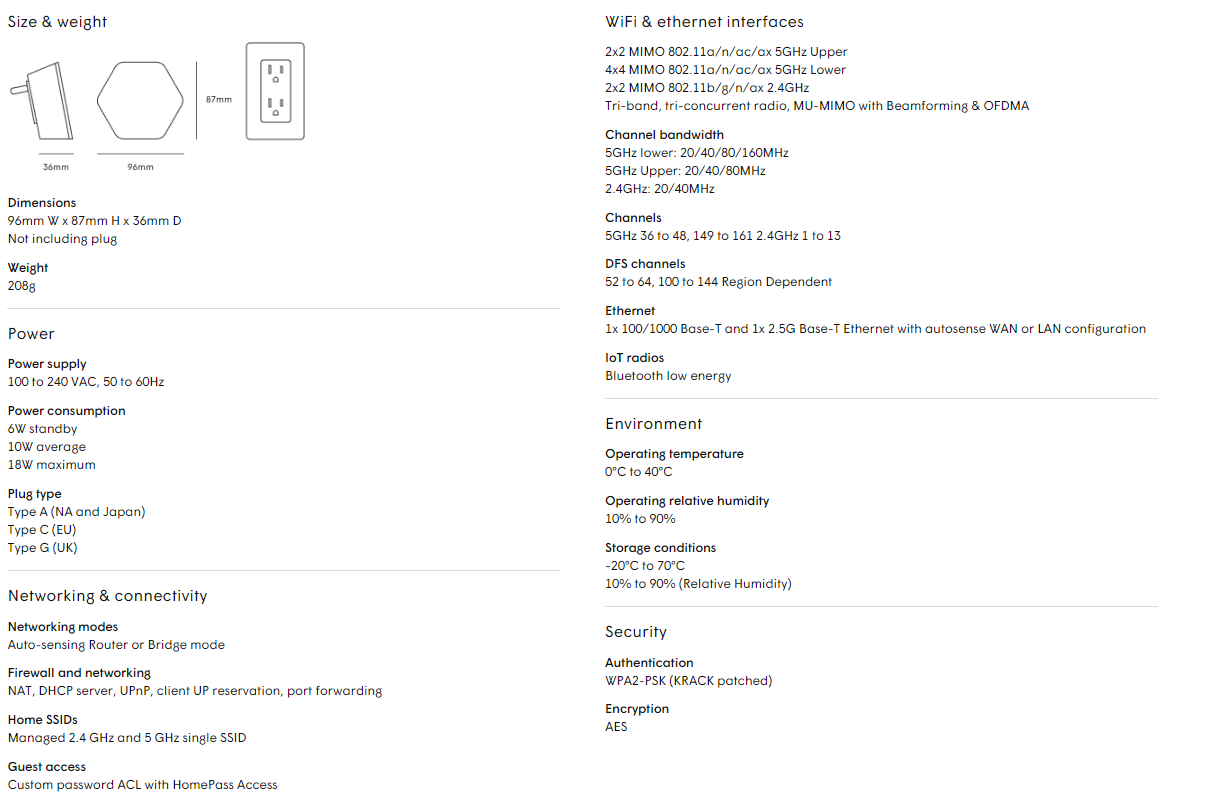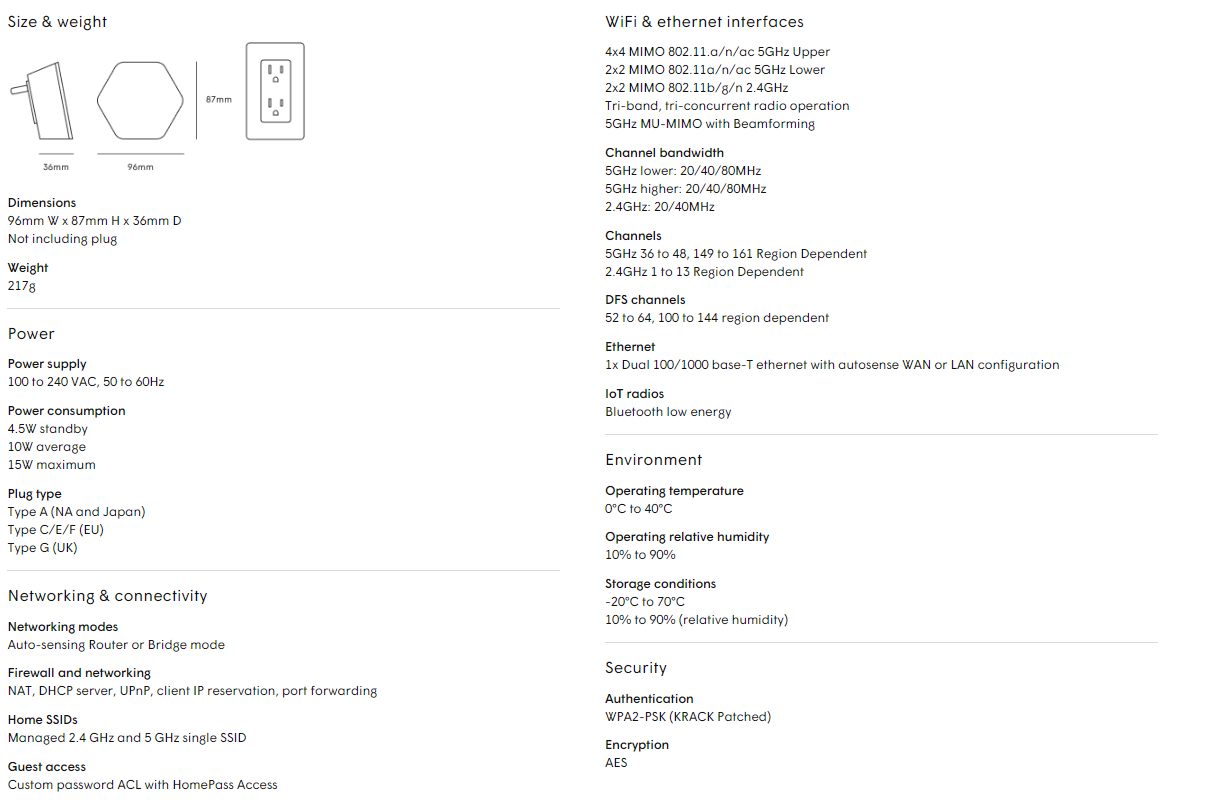In today’s digital world, businesses face an ever-increasing range of cybersecurity threats. From data breaches to ransomware attacks, the consequences of inadequate cybersecurity measures can be devastating. Protecting your organization’s sensitive information, customer data, and digital assets should be a top priority.
In this blog post, we will discuss the top eight cybersecurity practices that every business should implement. By following these best practices, you can significantly enhance your organization’s security posture and reduce the risk of falling victim to cybercrime.
1. Conduct Regular Security Risk Assessments
A thorough security risk assessment helps identify vulnerabilities and weaknesses in your organization’s digital infrastructure. Regularly assess your network, systems, and applications for potential risks and ensure security controls are in place. This process will enable you to prioritize security efforts, address any identified vulnerabilities promptly, and make informed decisions about cybersecurity investments.
2. Implement Strong Password Policies and Multi-Factor Authentication (MFA)
Weak passwords remain one of the most common entry points for cyberattacks. Enforce password policies that require complex passwords and regular password changes. Additionally, enable multi-factor authentication (MFA) to provide an extra layer of security. MFA requires users to verify their identities through multiple means, such as a password, a fingerprint scan, or a security token. This significantly reduces the risk of unauthorized access to critical systems and accounts.
Learn more about DUO, a robust yet easy-to-deploy MFA solution.
3. Keep Systems and Software Updated
Software vulnerabilities are often exploited by cybercriminals. Ensure that all operating systems, applications, and software are regularly updated with the latest security patches. Set up automatic updates whenever possible to reduce the chance of missing critical security fixes. Additionally, consider implementing a vulnerability management program to identify, prioritize, and remediate vulnerabilities proactively.
4. Educate Employees on Security Awareness
Human error is a significant factor in many cybersecurity incidents. Conduct regular security awareness training sessions to educate employees about common threats, phishing attacks, and social engineering techniques. Teach them how to identify suspicious emails, avoid clicking on malicious links, and report potential security incidents promptly. By fostering a culture of security awareness, you empower employees to become the first line of defense against cyber threats.
Get a free demo of KnowBe4, the premier security awareness training platform.
5. Use Secure Remote Access Solutions
With the rise of remote work, secure remote access is critical. Implement secure virtual private network (VPN) connections to encrypt communication between remote employees and your organization’s network. Ensure that employees’ home networks are adequately secured and encourage the use of secure Wi-Fi connections. Additionally, consider implementing access controls and privileged access management solutions to limit access to sensitive information based on job roles and responsibilities.
6. Regularly Back Up Data
Data backups are essential for recovering from various incidents, including ransomware attacks and hardware failures. Regularly back up critical data and verify the integrity of backups. Store backups securely and separately from the primary network to prevent them from being compromised in an attack. Consider implementing automated backup solutions and utilizing both on-premises and cloud-based backup options for redundancy. Be sure to read our blog post about the 3-2-2 Backup Rule.
7. Implement Robust Firewall and Intrusion Detection Systems
Firewalls act as a barrier between your internal network and external threats. Implement robust firewall solutions that actively monitor and control incoming and outgoing network traffic. Combine this with intrusion detection and prevention systems (IDS/IPS) to identify and block suspicious activities in real-time. Regularly review firewall and IDS/IPS logs to detect any potential security breaches and respond promptly.
8. Develop an Incident Response Plan
Prepare for potential security incidents by developing an incident response plan (IRP). The IRP outlines the steps to be taken in the event of a cybersecurity breach, including incident detection, containment, eradication, and recovery. Assign roles and responsibilities to key personnel, establish communication protocols, and conduct regular tabletop exercises to test the effectiveness of the plan. An effective IRP minimizes response time, reduces the impact of incidents, and enables your organization to recover quickly.
By following these eight cybersecurity practices, you can significantly improve your organization’s security posture and reduce the risk of falling victim to cybercrime.
Citynet offers a comprehensive portfolio of security solutions for all of these best practices from the best names in technology. Our team will thoroughly review your digital environment, talk with you and truly listen, and provide customized solutions tailored to your unique needs and budget.
Contact us today to learn more about our security solutions. Call us at 844.CITYNET (844.248.9638).








